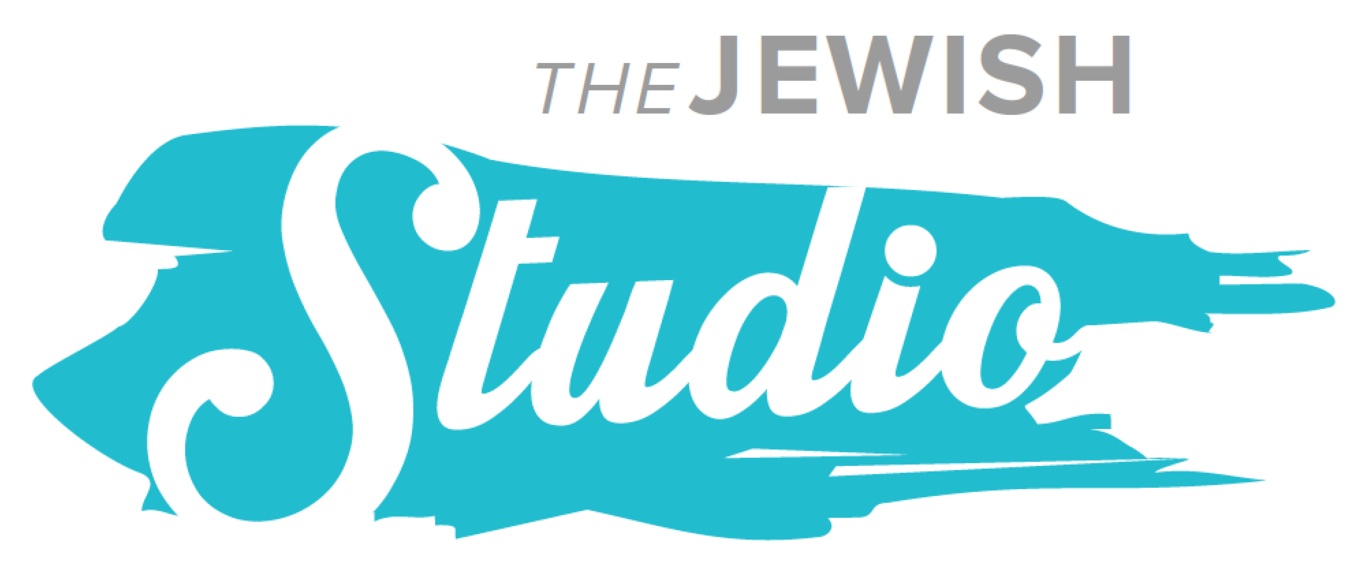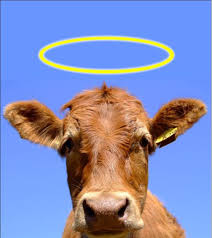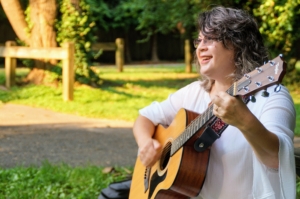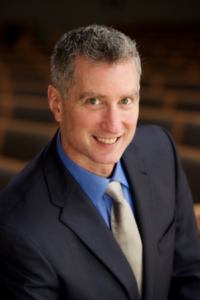Our Sacred Cows
We all have “sacred cows” – ideas, habits and commitments seemingly so core to who we are that we might hold them nearly inviolate. Often they seem like the bedrock of our lives – how we know ourselves, how we want others to know us, how we shape our identity, and how we arrange our days. Challenging our sacred cows can leave us feeling vulnerable, unsure and adrift.
So the question of this week’s Torah portion (Chukat) is especially important: how sacred are our “sacred cows” really? How much can we depend on them, and do we really need them?
Torah’s answers begin – suitably enough – with a sacred cow that maybe never existed.
Torah recounts a sacred ritual using a parah adumah (red heifer) – a totally red cow, perfect with no blemish, that was never yoked (Num. 19:2). These bovine conditions are so rare as to be practically if not utterly (“udderly”) impossible. In tradition, at most seven such cows ever existed, and they don’t exist now. Torah’s lesson is clear: spiritually speaking, there are no sacred cows.
Torah’s nonexistent “sacred cows” extend beyond the bovine. Throughout this Torah portion, one “sacred cow” after another rises up only to fall. If God’s “sacred cow” was Moses’ perfect faith and trust, it fell when Moses disobeyed God (Num. 20:10-11). If Moses’ “sacred cow” was his certainty that he’d enter the Land of Promise, it fell with Moses’ disobedience (Num. 20:12). If the people’s “sacred cow” was Aaron’s ever-present reliability as high priest, it fell with Aaron’s death (Num. 20:24). The God of healing suddenly seemed, in the people’s experience, to be a God of trial and illness. Surrounding cultures, hoped to be hospitable or at least tolerant, now rejected the desert wanderers.
One after another, all assumptions faltered. Every seemingly “sacred cow” fell. Once again, Torah’s lesson is clear: spiritually speaking, there are no sacred cows.
When we learn that there are no sacred cows, we learn the lesson that Sukkot also teaches: our spiritual calling isn’t rigid sturdiness but flexible resilience. Our life’s journey deepens precisely when we release the false fixity of “sacred cows in our lives. After all, eponymously Jews are called “boundary crossers” (hence “Hebrews,” from ivrim – boundary crossers). There’s more to our lives, and far more important things in our lives, than the “sacred cows” we conjure.
Maybe that’s why read this narrative now, at the height of summer sun, amidst the agricultural season of plenty. We’re nearing 17 Tammuz, the historical day in the year 70 C.E. when Roman forces first breached Jerusalem’s walls. Three weeks later, on Tisha b’Av, the Second Temple fell and exile soon followed. Exactly three months (one season) from now, Rosh Hashanah will re-boot Judaism’s cycle of time, calling us to re-examine our behaviors and our lives. Two weeks later, we’ll enter Sukkot, the joy-filled festival of flexibility and impermanence.
Jerusalem, the Temple, home, time, our very lives – in a sense, all are “sacred cows.” None is so perfect, unblemished or unyoked as we might wish to imagine. History amply shows that all of them – and all of us, and everything – are variable and vulnerable. The sooner we let the purity of our “sacred cows” go the way of myth, the more we can live wholly into the spiritual fullness of our imperfect lives, blemishes and all.






 Evan J. Krame was ordained as a rabbi by the
Evan J. Krame was ordained as a rabbi by the